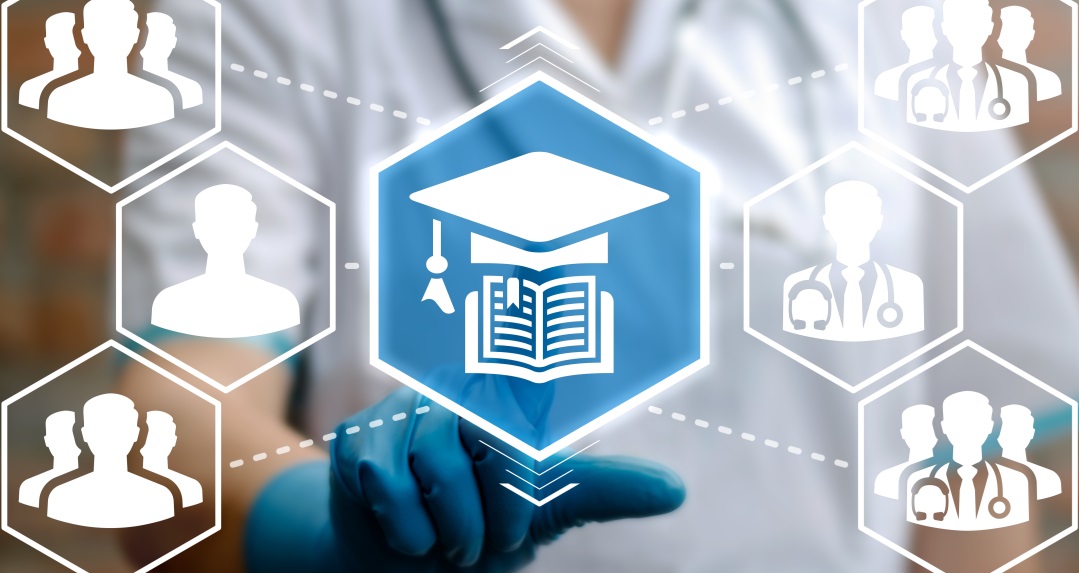BLOG
Interactive Tech for Events
Why Learning is Key to Engagement At Healthcare Exhibitions
For healthcare professionals, continuous learning is an integral part of their careers. In the pursuit of clinical excellence, a desire to learn about, develop and share examples of best practice is encouraged and nurtured across all disciplines, with the aim always being to deliver better and better outcomes for patients.
It is therefore no surprise that, when it comes to medical conferences and exhibitions, education ranks high on delegates’ lists of reasons to attend. In a profession where there is no little degree of complexity in practice, policy and technology, attending a healthcare event is viewed as an opportunity to acquire new knowledge which can be taken back and applied in each attendant’s own clinical setting.
A survey of medical practitioners carried out at the start of the decade confirmed this. Asked the main reasons why they attended conferences and exhibitions, two thirds said for education or to get the latest policy or product updates. A similar proportion reported that they generally “learned something new” as a result of attending an event.
The report also makes plain the benefit to exhibitors, be they healthcare authorities, pharmaceutical companies of MedTech businesses, in meeting this desire for educational experiences. It found that practitioners were more likely to buy, use or recommend a product or service if they felt they had learnt something new from the exhibit.
The paper goes on the recommend that exhibitors “incorporate exhibit promotions, challenges, and interactions that are meaningful… Being creative in your choice of attractions generates interaction, which yields memorability. Design your exhibit to create an attendee experience that not only engages and captures attention, but also compels the visitors to take positive actions as a result of their visit.”
A role for touchscreens
Published in 2011, the study came out before touchscreen technology was widely available for use in events management. But given the recommendations it makes for how organisers and exhibitors can create an absorbing, engaging educational experience, large display touchscreens represent the ideal tech solution.
It is well known that the more interactive you can make a learning experience, the higher the rates of engagement and retention – or to use the phrase from the above report, ‘memorability’. The key to touchscreens is that they provide an active interface, a way for audiences to use and act on what they see.
Compare that with traditional display screens, where a viewer can only watch a promotional video for any given product passively without interaction. The ability to ‘do’ as you watch, listen or read strengthens the learning experience considerably as it encourages self-discovery – you acquire knowledge on your own terms, at your own pace.
Touchscreens act as a gateway to software technologies which allow for a huge degree of creativity in content presentation. Augmented Reality (AR) and Virtual Reality (VR) are making it possible to bring 3D graphics to life so users can move and manipulate them on a touchscreen. Artificial Intelligence (AI) means visitors can ask questions as they browse through a product presentation or video and get informed answers.
Gamification techniques mean the learning experience can be made fun and entertaining through the use of things like quizzes and simple video games, while there is also the option to use social platforms and forums to allow visitors to share ideas and learn from a community of users.
In summary, then, when planning your exhibit or workshop for a healthcare event it helps to keep the fact that your visitors are likely to be looking for an educational experience front of mind. If you want to deliver this in the most engaging way possible, touchscreens are definitely your friend.
Contact us today to find out more and to get a free no-obligation quote for your needs.
